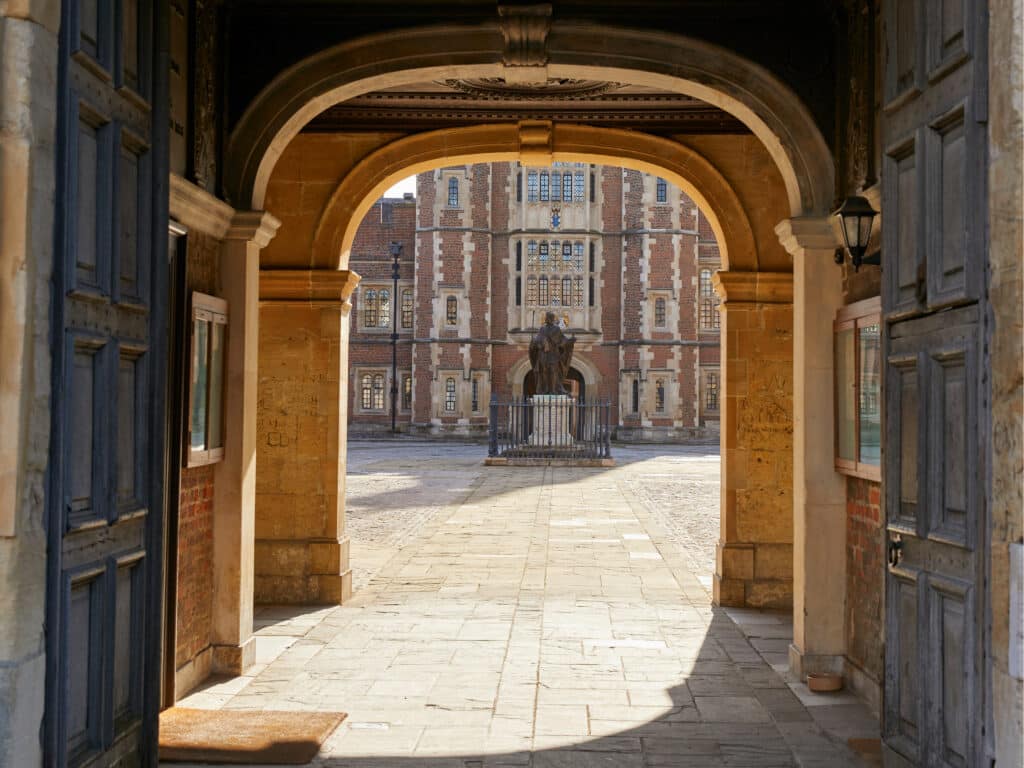Design Society Mr Dave Rowley, Director of Education for the Bloodhound SSC Project
0 to 1050mph in 40 seconds. Taken over a timed mile at Hakskeen Pan in the Northern Cape of South Africa, and due to be running and breaking the record in 2012, this is the speed that the Bloodhound SSC aims to achieve. It will be only the second land-speed vehicle to break the sound barrier (the first being Thrust SSC, driven by Andy Green [also the Bloodhound’s driver], which reached 763mph in 1997), and has plunged the engineers designing the car into previously unchartered waters in the areas of Aeronautical design and Computational Fluid Dynamics, amongst other fields. Take, for example, the Bloodhound’s wheels, which are to be machined from solid titanium, in order to withstand radial acceleration of up to 50,000g. The car’s structure must also be able to withstand the dynamic air pressure found at top speed, which is around 12 tonnes per square metre!
New manufacturing processes and composites have been developed to cope with these forces and to build the Bloodhound, which will be assembled at its ‘home base’ in Bristol city. For a car whose hybrid rocket (the largest in the UK), and EJ200 jet engine provide together an output of around 130,000eHP (equivalent to the power of 180 F1 racing cars) and around 47,500lb of thrust, the Bloodhound will most likely become an engineering marvel.
The talk itself was delivered brilliantly, with Mr. Rowley taking the boys though the project’s aims, the challenges facing it, Bloodhound’s competitors, and the global search for a decent land-speed track. He explained that the main objective of the project consists of three individual aims. The first is to create a national surge in the popularity of Science Technology, Engineering, and Mathematics (STEM) subjects. The second is to create an iconic project requiring extreme research and technology, whilst simultaneously providing the means to enable the student population to join in the adventure, and thirdly, achieve the first 1000mph record on land.
Regardless, I don’t doubt that many in the engineering world will be greatly looking forward to when the Bloodhound finally starts up its engines and smashes its way into the record books. But until then, we can only wait and look forward to what is promising to be not just an engineering adventure, but also an engineering exploration into both future technologies, and into uncovering the knowledge needed for any further supersonic attempts.
Matthew Allhusen (MAG)



